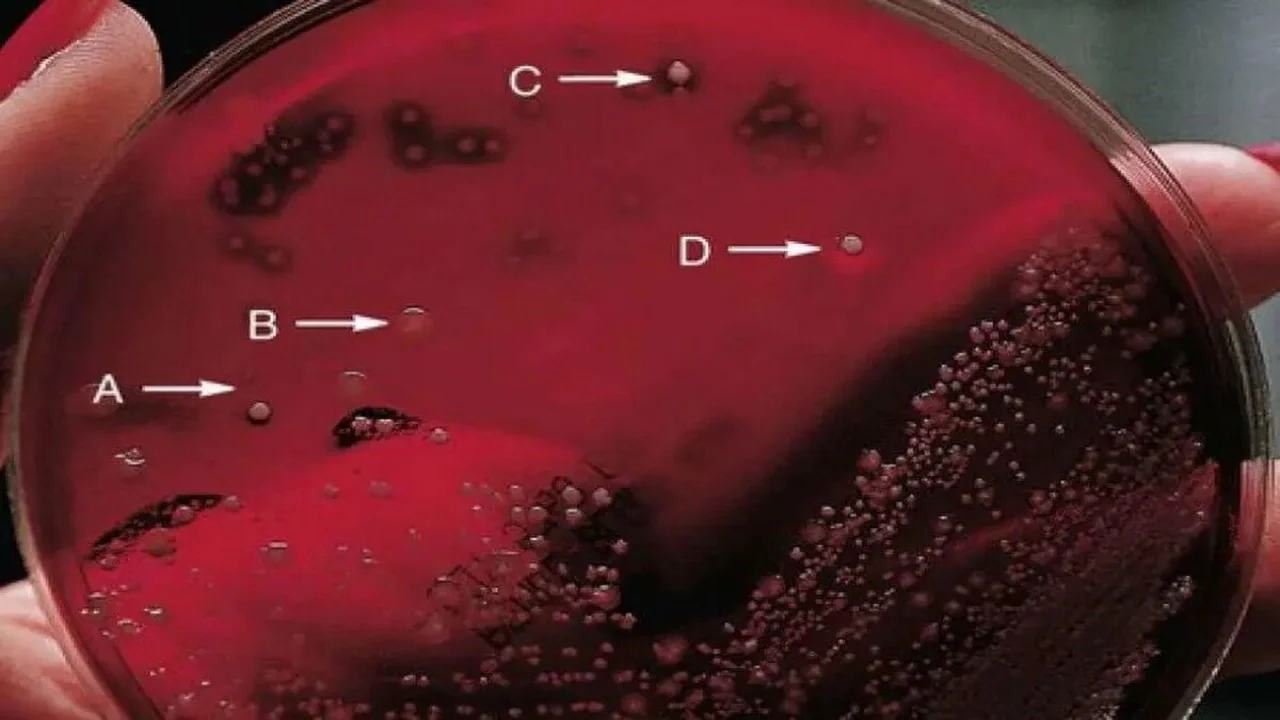HEMOLYTIC REACTIONS
0
Microbiology
HEMOLYTIC REACTIONS
Some pathogens are able to produce exoenzymes called hemolysins which lyse red blood cells and thus their action can be demonstrated on a blood agar plate.
Published:
BS
Login to get unlimited free access

Objective:
Some pathogens are able to produce exoenzymes called hemolysins which lyse red blood cells and thus their action can be demonstrated on a blood agar plate.
Test Procedure
- Using a sterile loop, inoculate a blood plate (SBA) with the pure culture of the organism to be tested using the quadrant method. Also stab the medium in the second quadrant with your loop. (Some hemolysins show their effects better under lower oxygen concentrations.)
- Incubate for 48 hours at optimum temperature for the organism.
Interpretation
Interpret by noting the reaction around isolated colonies as follows:
- Alpha (α) hemolysis: formation of a green or brown zone around the colonies (due to loss of potassium from the red cells).
- Beta (β) hemolysis: complete lysis of cells and reduction of released hemoglobin; a clear zone appears around isolated colonies.
- Gamma (γ) hemolysis: no hemolytic reaction (no change of the medium surrounding isolated colonies).
Precautions
The reaction should be checked only around isolated colonies. If you do not have isolated colonies on the blood agar, a lighter inoculation should be streaked and the test repeated.
Medically Reviewed
The information on this page is peer reviewed by a qualified editorial review board member. Learn more about us and our editorial process.
Last reviewed on .
Article history
- Latest version
Cite this page:
- Comment
- Posted by Dayyal Dungrela
Tags:
Start a Conversation
Add comment
End of the article